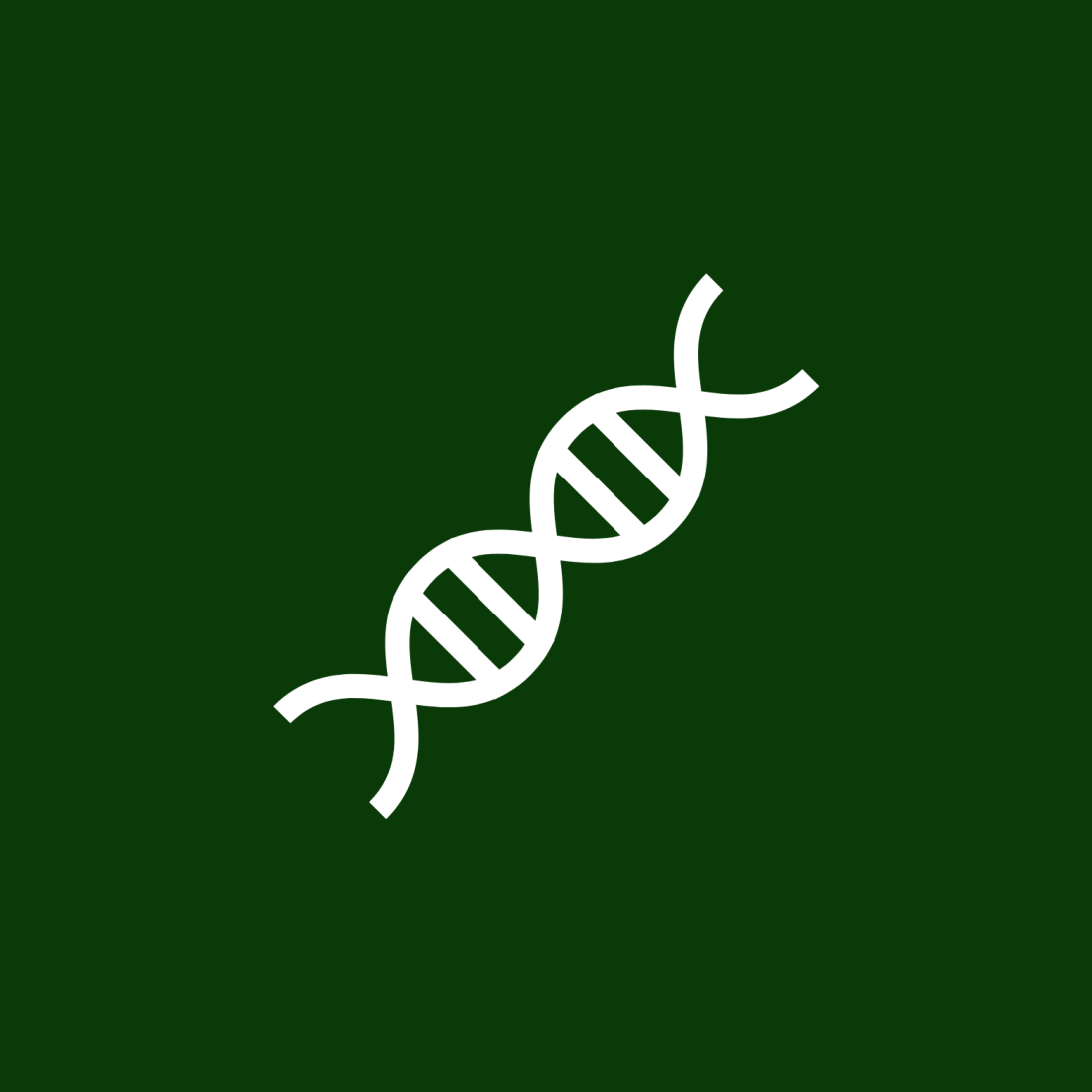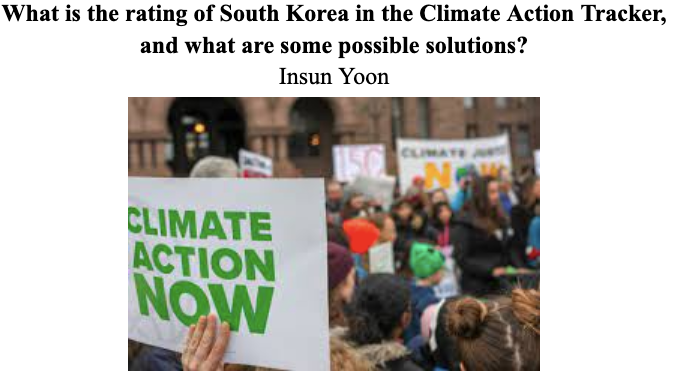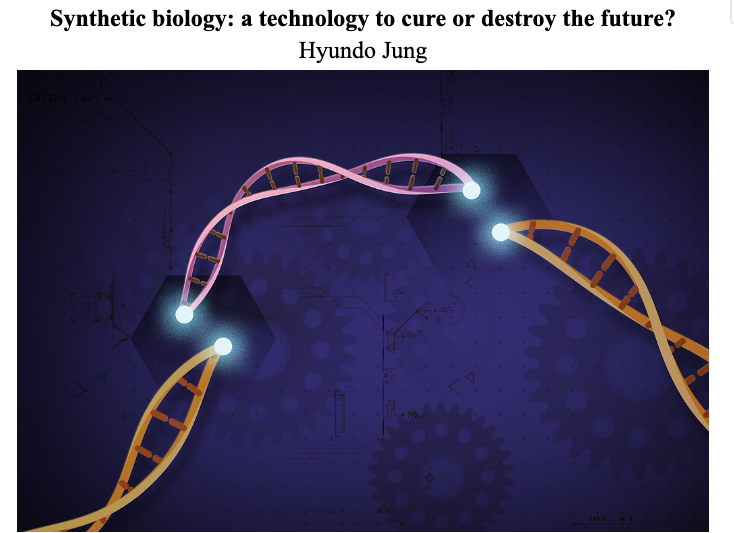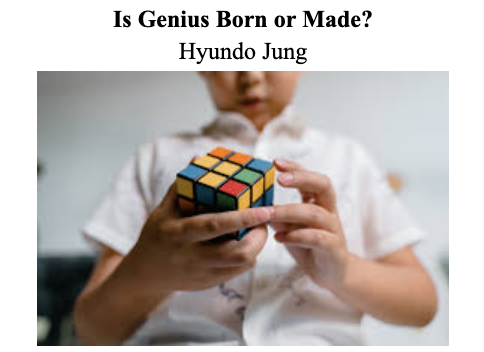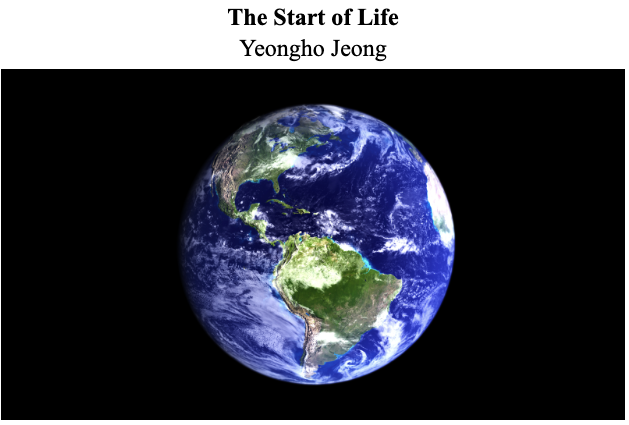원하는 곳에 붙여넣기 해주세요.",web:"URL을 길게 누르시면 복사하실 수 있습니다."},friend:{error:"서버 접속이 원활하지 않습니다.\n잠시 후 다시 시도해 주십시오."},error:{only_mobile:"모바일에서 이용이 가능한 기능입니다.\n운영체제가 안드로이드, iOS인 기기에서 이용해 주세요.",maintanance:"성능 개선을 위한 임시점검 중입니다.",shorturl:"단축URL 생성오류"}}},splugin.instance={},function(){function a(b,c,d){function e(g,h){if(!c[g]){if(!b[g]){var i="function"==typeof require&&require;if(!h&&i)return i(g,!0);if(f)return f(g,!0);var j=new Error("Cannot find module '"+g+"'");throw j.code="MODULE_NOT_FOUND",j}var k=c[g]={exports:{}};b[g][0].call(k.exports,function(a){var c=b[g][1][a];return e(c||a)},k,k.exports,a,b,c,d)}return c[g].exports}for(var f="function"==typeof require&&require,g=0;g
Science
https://pixnio.com/free-images/2019/01/14/2019-01-14-07-53-11.jpg
Choosing a vegetarian diet in Korea also means accepting discomfort. Even if the vegetarian population is increasing, the social infrastructure for vegetarianism is significantly lacking compared to the United States or Europe because it is still a small proportion of the total population.
The biggest problem is the lack of vegetarian menus in restaurants. There are many menus that contain a mixture of meat and vegetables, but it is really difficult to find a menu that is exclusively vegetarian. Most soup dishes are meat-based, and in many cases, salted fish is added to the side dish. And so-called main menus always include meat or fish. So if you want to choose vegetarian, you have to ask for a 'custom menu'. This means that you have to figure out what ingredients are on the menu first and ask if you can make them without them. However, in real life, you can't figure out all the ingredients or customize every menu, so you're often stuck on a 'compromise' in which only big and important ingredients are omitted. The so-called 'bi-dung' vegetarian diet is such a case. Vegetarianism refers to choosing a menu that excludes large chunks of meat. Like the broth, it contains animal ingredients, but without large chunks, you can just eat it. This is a realistic compromise.
The second is the difficulty in purchasing food ingredients. Most industrial products are not made of plant-based ingredients, so you need to look closely at the ingredient list. However, it is impossible to know whether the product is 100% vegetarian or not through the ingredient list. Not all ingredients are listed on the ingredient list, and it is often difficult for the general public to identify whether or not the ingredients are botanical just from the indicated text. So, you choose a compromise that checks only the marked parts or roughly checks only the allergy ingredients.
The third is difficulty in social life due to the lack of infrastructure. In modern society, eating is not just an act of obtaining nutrients necessary for physical activity. In the company, mealtimes are an opportunity for communication and also a place for socializing in interpersonal relationships. However, limiting the types of food they can eat means that they are cut off from these communication opportunities and social fields. A lot of communication, such as meetings with outsiders, dinner parties, dates, meetings with friends, and dinner parties, takes place at a place accompanied by food. If you choose to eat vegetarian at this time, you will have difficulties in choosing a place to share with other people. Also, if you openly say that you are vegetarian for some value, such as the environment or animals, there are many cases where the other person implicitly accepts it as a criticism of yourself for not practicing it. There are also those who attack the vegetarian diet or argue with the self-defense mechanism. This results in social isolation. They eat alone and it becomes increasingly difficult to participate in meetings.
The increase in the vegetarian-oriented population is a prominent phenomenon in the United States and other countries, but it will expand to Korea and other countries. At this time, if you want to look at the vegetarian market from a business perspective, it would be more useful to divide the target based on the "purpose" of choosing vegetables rather than simply
distinguishing it by "vegetarian orientation," that is, vegan or not.
https://encrypted-tbn0.gstatic.com/images?q=tbn:ANd9GcQL3Ty_hmprQ2wqWeP744x5d78NtkIBUriSJlUqjotEm-glZKGskGszaJqztKY_eIp4pz8&usqp=CAU
Every year, the world is busy with the accelerated climate crisis and rising global average temperatures. They are creating policies, campaigning, and the industry is changing. Then which country is best responding to the climate crisis? In an annual report released by the organization 'Climate Transparency,' each country's climate crisis response report was released.
Climate Transparency presents a comprehensive analysis of the climate response of G20 countries every year. Also receiving 'Highly insufficient' ratings in 2020 and 2021, Korea has failed for three consecutive years including this year. Nine countries, including Argentina, Canada, China, and India, received 'Highly insufficient' ratings in the report. Six countries, including the United States and Germany, were evaluated as "insufficient," which is one step higher. The UK is the only country to be listed as a model country for responding to the climate crisis with a "nearly enough" rating.
Fail for 3 consecutive years, what is the problem? Regarding the global energy crisis triggered by Russia's invasion of Ukraine, according to Climate Transparency, Korea Electric Power Corporation recorded an all-time deficit due to excessive dependence on fossil fuel assets. According to the report, the share of renewable energy in Korea's power generation sector last year was 9%, only 1/3 of the average share of renewable energy generation in G20 countries. It cited complex licensing procedures, power system limitations, and continued incentives for biomass as reasons for the poor supply of renewable energy. "Korea is the second-largest investment in fossil fuels through public finance among G20 countries," the report said. "On the other hand, there is very little investment in clean sectors such as renewable energy."
How can countries react to climate change? Responding to climate change involves two possible approaches: reducing and stabilizing the levels of heat-trapping greenhouse gasses in the atmosphere ("mitigation") and adapting to the climate change already in the pipeline ("adaptation"). Mitigation – reducing climate change – involves reducing the flow of greenhouse gasses which trap heat into the atmosphere by reducing the cause of these gasses (for example, burning fossil fuels for electricity, heat, or transport). The goal of mitigation is to avoid significant human interference with Earth's climate, stabilize greenhouse gas levels in a period sufficient to allow ecosystems to adapt naturally to climate change, ensure that food production is not threatened, and enable economic development to proceed in a sustainable manner. Adaptation – adapting to life in a changing climate – involves adjusting to the actual or expected future environment. The goal is to reduce our risks from the harmful effects of climate change (like sea-level rise, more intense extreme weather events, or food insecurity). It also includes making the most of any potential beneficial opportunities associated with climate change (for example, longer growing seasons or increased yields in some regions).
A climate solution researcher urged the Korean government to come up with solutions, saying, "It is more urgent than ever for Korea to move away from thermal power generation and convert to renewable energy as soon as possible, such as removing coal by 2030. We shouldn't be late anymore. It's also a strategy for future survival. That's what climate is, and it is time for Korea to come up with a new strategy and speed up to cope with the climate crisis.
Works Cited
"South Korea." Climate Action Tracker, https://climateactiontracker.org/countries/south-korea/.
United Nations Framework Convention on Climate Change. https://unfccc.int/sites/default/files/resource/LTS1_RKorea.pdf.
뉴스 Kbs. "전 세계 기후위기 대응 성적표 나왔다...우리나라 점수는?" KBS 뉴스, KBS뉴스, 21 Oct. 2022, https://news.kbs.co.kr/news/view.do?ncd=5583967.
Synthetic Biology is a recently developed field of science that modifies the genes and cells of organisms to have new functions [1]. Human cell engineering, which involves modifying human cells through techniques such as gene editing where genes are added, edited, or removed, has been applied in both laboratory and clinical settings to study and treat diseases that are difficult to cure with current medical systems. Despite the potential of synthetic biology research, critics raise ethical concerns and potential risks of synthetic biology. As the technology allows gene editing, critics emphasize the unpredictable consequences and abuse of the technology. Therefore, although human cell engineering is a promising area of synthetic biology research that can revolutionize the way diseases are treated today, the method and its implication are controversial topics.
Cancer is one of the leading causes of death in the world and is one of the most challenging diseases for coming up with a cure. However, synthetic biology technology involving human cell engineering such as CRISPR-cas9 (clustered regularly interspaced short palindromic repeats) gene editing and CAR-T (chimeric antigen receptors) cell therapy has the potential to revolutionize medicine and treat currently incurable health conditions. CRISPR-cas9 is a genetic editing technique that can cut and/or paste genes in cells with high precision. Applying this gene editing technology to human cells can create new therapies that can be used to treat cancer and other diseases that are difficult to cure [2]. Cancerous cell genomes have different gene expressions from normal cell genomes, so by identifying and manipulating genes that are over or under-expressed in cancer cells with CRISPR-cas9, it may be possible to treat the disease [3]. CAR-T cell therapy is another example of how engineering human cells can help treat diseases that are currently difficult to cure. CAR-T cell therapy uses autologous T cells that are genetically engineered to produce chimeric antigen receptors (CARs), which allow T cells to target a specific antigen. Due to its ability to identify specific antigens and eliminate the cells expressing specific antigens, CAR-T cell therapy has been a novel, effective method to treat cancer [4]. Reprogramming and engineering human cells to attack cancer cells provides patients with a completely new cancer treatment method. An example of CAR-T cell therapy is Tisagenlecleucel, also known by its brand name Kymriah. Tisagenlecleucel, which reprograms the patient's T cells to attack CD19⁺ B cells, is the first CAR-T cell therapy to be approved by the FDA [5]. The approval of the FDA signifies the capabilities and effectiveness of CAR-T cell therapy in cancer treatment
CRISPR-cas9 technology can also be incorporated into CAR-T cell therapy to address its current limitations. Researchers have been studying to improve the limitation of CAR-T cells: self-killing and excessive cell proliferation, limited quantity and efficacy of T cells, restricted trafficking, and alteration that occurs after tumor microenvironment interaction [4], [6]. Using genomic editing technology such as CRISPR-cas9 can be a potential solution to these limitations. Li et al. present the recent success of researchers in using CRISPR-cas9 to eliminate or manipulate certain genes in CAR-T cells to limit the cells from self-killing and improve their safety [6]. With increasing resistance of cancer cells and limitations of chemotherapy, both CRISPR-cas9 gene editing and CAR-T cell therapy are promising and innovative medical treatments in the field of synthetic biology that can tackle diseases that are difficult to cure.
Engineering human cells can also lead to significant advances in research and therapies involving tissue engineering. Tissue engineering is a subfield of synthetic biology involving the synthetic creation of tissues, organelles, and organs. The field improves and restores tissue loss and organ failures which are difficult to treat with current medical technologies and are not treatable with genome editing alone. Since the transplantation of functional tissues or organs is significantly limited compared to the demand for patients who are in need, the field of tissue engineering is tackling a very crucial medical problem [7]. Tissue engineering is done by building cells upon a scaffold that supports the proliferation of cells and regeneration of tissue [8]. In the process, stem cells, which are undifferentiated cells that can transform into cells with specific structures and functions, are differentiated to create specific tissues and organs. Induced pluripotent stem cells (iPSCs) are often used for this purpose because it is possible to derive autologous iPSCs that are derived from the patient's own body. Since the cells are from the patient's own body, the differentiated iPS cells do not cause an immune response such as an inflammatory response. This iPSC technology can potentially create tissues and organs from iPS cells that can be later transplanted into the human body [9]. Kobayashi et al. were able to generate a functional rat pancreas in a mouse through injections of iPSCs [10].
Therefore, engineering human cells will open a path to treat physical disabilities that arise from not only genetic heritage but also physical injuries. 3D bioprinting is another area of tissue engineering that can be improved with human cell engineering. 3D bioprinting is a method of biofabrication that constructs synthetic organs and tissues with high reproducibility and refinement [11]. Extrusion-based bioprinting, the most commonly known and used bioprinting technique, uses bioinks, a substance composed of hydrogels and living cells, from a controlled nozzle to print continuous filaments to construct the structures of tissue and organs. Microextrusion printers are guided by a computerized image or file that is created by CAD software, allowing for the accurate printing of complex biological structures [12]. 3D bioprinting is undergoing rapid and progressive development and is highly valued for its prospect of constructing tissues and organs with high precision. Currently, bioprinting techniques can print not only small and flat structures such as meniscus and bone but also semi-functional versions of kidneys, livers, and hearts. Lee et al. suggested that the development of 3D bioprinting could print an artificial pancreas that resolves the problems that result from islet transplantation such as immune response and hypoxia by creating a structure with specific configuration and position [13]. By producing functional and comparable synthetic organoids and organs that can replace damaged tissues and organ failures, this technology can meet the demands of millions of patients who need organ transplantation, which can save numerous lives. The development and application engineering of human cells with tissue engineering would provide medical treatments that can treat conditions that were considered incurable and fatal.
Although there are many benefits to engineering human cells, many people are concerned about the risks and ethical concerns associated with this novel technology. One major issue is the health and safety hazards introduced by testing human subjects with treatments involving human-engineered cells. These treatments are capable of bringing adverse side effects and even death. A famous example is the death of Jesse Gelsinger, a test subject who died from a clinical trial involving gene therapy at the University of Pennsylvania. Another concern with engineering human cells is the ethical and societal implications of gene editing human embryos to create "designer babies". Designer babies are babies whose genetic makeup has been altered by adding or removing particular human genes. Advances in gene editing technology, such as CRISPR-cas9 may lead to a future where parents selectively choose the traits of their future children. Physical features such as height, eye color, and attractiveness, and mental capacity such as IQ could be modified via gene editing. Although the concerns may seem like science fiction, the consequences and side effects of highly developed gene editing technology must be acknowledged and examined equally as a benefit of it.
In the end, it is hard to deny the fact that engineering human cells would provide novel solutions to incurable diseases and limitations of the current medical field. Through CRISPR-Cas9 and CAR-T cell therapy, cells with a specific antigen such as cancer cells can be eradicated with high precision. Furthermore, by engineering and replicating human cells through iPS cells and 3D bioprinting technologies, synthetic organoids and organs can be created to replace organ failures and fatal injuries. Excited by the benefits and changes that the new technology can bring, the public should not disregard the potential consequences of the latest technology. This equally appeals to the newly arising field of technology and science: synthetic biology, robotics, and artificial intelligence; if society becomes blinded to the potential misuse and future risks of the technology by overemphasizing its advantages, the technology would become a destructive weapon to the future despite how effective and significant it is. As the future depends on the choices of the present, all possible outcomes should be reviewed and an ideal choice would be made after careful selection.
Works Cited
[1] Benner, Steven A., and A. Michael Sismour. "Synthetic Biology." Nature Reviews Genetics, vol. 6, no. 7, July 2005, pp. 533–43, https://doi.org/10.1038/nrg1637. Nature Reviews Genetics.
[2] Rodriguez Rodriguez, Diana, et al. "Genome Editing: A Perspective on the Application of CRISPR/Cas9 to Study Human Diseases (Review)." International Journal of Molecular Medicine, vol. 43, no. 4, Feb. 2019, https://doi.org/10.3892/ijmm.2019.4112. Spandidos publications.
[3] Hazafa, Abu, et al. "CRISPR/Cas9: A Powerful Genome Editing Technique for the Treatment of Cancer Cells with Present Challenges and Future Directions." Life Sciences, vol. 263, Dec. 2020, p. 118525, https://doi.org/10.1016/j.lfs.2020.118525.
[4] Sterner, Robert C., and Rosalie M. Sterner. "CAR-T Cell Therapy: Current Limitations and Potential Strategies." Blood Cancer Journal, vol. 11, no. 4, Apr. 2021, pp. 1–11, https://doi.org/10.1038/s41408-021-00459-7. Blood Cancer Journal.
[5] Prasad, Vinay. "Tisagenlecleucel — the First Approved CAR-T-Cell Therapy: Implications for Payers and Policy Makers." Nature Reviews Clinical Oncology, vol. 15, no. 1, Oct. 2017, pp. 11–12, https://doi.org/10.1038/nrclinonc.2017.156. Nature Reviews.
[6] Li, Chenggong, et al. "Applications and Explorations of CRISPR/Cas9 in CAR T-Cell Therapy." Briefings in Functional Genomics, vol. 19, no. 3, May 2020, pp. 175–82, https://doi.org/10.1093/bfgp/elz042. Oxford academy.
[7] Chapekar, Mrunal. "Journal of Biomedical Materials Research Special Report Tissue Engineering: Challenges and Opportunities." Wiley Online Library, vol. 53, no. 6, July 2002, pp. 1–4, https://doi.org/3.0.CO;2-C">10.1002/1097-4636(2000)53:6<617::AID-JBM1>3.0.CO;2-C.
[8] Ikada, Yoshito. "Challenges in Tissue Engineering." Journal of the Royal Society Interface, vol. 3, no. 10, Oct. 2006, pp. 589–601, https://doi.org/10.1098/rsif.2006.0124. The Royal Society.
[9] Yamanaka, Shinya. "Induced Pluripotent Stem Cells: Past, Present, and Future." Cell Stem Cell, vol. 10, no. 6, June 2012, pp. 678–84, https://doi.org/10.1016/j.stem.2012.05.005. ScienceDirect.
[10] Kobayashi, Toshihiro, et al. "Generation of Rat Pancreas in Mouse by Interspecific Blastocyst Injection of Pluripotent Stem Cells." Cell, vol. 142, no. 5, Sept. 2010, pp. 787–99, https://doi.org/10.1016/j.cell.2010.07.039. Science Direct.
[11] Gungor-Ozkerim, P. Selcan, et al. "Bioinks for 3D Bioprinting: An Overview." Biomaterials Science, vol. 6, no. 5, 2018, pp. 915–46, https://doi.org/10.1039/c7bm00765e. Royal Society of Chemistry.
[12] Murphy, Sean V., and Anthony Atala. "3D Bioprinting of Tissues and Organs." Nat Biotechnol, vol. 32, no. 8, 2014, pp. 773–85, https://doi.org/10.1038/nbt.2958. nature.
[13] Lee, S.J., Lee, J.B., Park, YW., Lee, D.Y. (2018). 3D Bioprinting for Artificial Pancreas Organ. In: Noh, I. (eds) Biomimetic Medical Materials. Advances in Experimental Medicine and Biology, vol 1064. Springer, Singapore. https://doi.org/10.1007/978-981-13-0445-3_21
https://encrypted-tbn0.gstatic.com/images?q=tbn:ANd9GcRDbaAC9XMUiJmwtP1BiWmXXsFvW6BupBcCiw&usqp=CAU
Cambridge dictionary defines genius as a very great and rare natural ability or skill. Indeed, in humanity, a small group of individuals has been acknowledged and accepted as geniuses. But, are the cognitive abilities and characteristics of a genius truly natural? The question surrounding nature versus nurture and the origin of genius has been largely debated from the early ages of humanity. While there are many shreds of evidence and perspectives on the issue, the question
Charles Darwin's theory of evolution was a perspective that supported the hereditary birth of genius. As a child resembles their parents and receives favorable traits, it was assumed that parents with high cognitive abilities and intelligence would have a child with similar traits. Hereditary Genius by Francis Galton provides statistical evidence that reveals how talented and successful individuals have maintained successful family lineage. Yet, the critics argue that later individuals were able to achieve success due to the successful and rich family background rather than the pure intelligence and genius of the individual. This criticism highlights the importance of the environment when discussing the traits of individuals.
William Shockley is an American physicist and scientist who won the 1956 Nobel Prize in physics for his co-invention of the transistor. With his Nobel Prize as a physicist, people could regard him as a genius and talented individual. However, Genetic Studies of Genius completed by Lewis Terman revealed Shockley was one of the children who scored lower IQ (Intelligence quotient) than the Termite IQ requirements. Although Shockley may be an outlier to large data samples, his development reveals how traits such as creativity and intelligence can change under the influence of the environment.
Does this mean that everyone can become a genius? The answer to this question is yes and no. Recent studies about brain and human intelligence revealed that genius is made with “long-term commitment” and preservation for the development of knowledge and skills. Professor Michael Howe of Exeter university emphasizes how all the geniuses that people admire had strong dedication and ambition for their dreams; they pursued achievements in their field more than for monetary success or social recognition. Thus, geniuses could depend more on the individual’s firm motivation and dedication to develop their skills and expand their knowledge than inheriting the intelligence and capabilities of individuals.
Living in a competitive society and environment, numerous individuals are pressured to become successful. Yet, when they are faced with immense obstacles and fail to overcome them, many people believe they have limited talent than the individuals who have managed to become successful; they believe that they are naturally incapable of achieving success and born with insufficient capabilities. The debate and research over genius emphasize how our lives are never defined by one element or characteristic. As the intelligence and capabilities of individuals depend on effort and dedication, modern people need to remember that a failure provides opportunities for another success that they did not have considered before; with preservation and strong motivation. no one is limited to their inherited abilities and traits.
Works Cited
Hartley-Brewer, Julia. “Geniuses 'Made with Hard Work, Not Born'.” The Guardian, Guardian News and Media, 15 Apr. 2000, https://www.theguardian.com/uk/2000/apr/15/6.
Oshin, Mayo. “Are Creative Geniuses Born or Made?” Ladders, Ladders, 11 June 2020, https://www.theladders.com/career-advice/are-creative-geniuses-born-or-made.
Strauss, Valerie. “Geniuses: Born or Made?” The Washington Post, WP Company, 29 May 2012, https://www.washingtonpost.com/blogs/answer-sheet/post/geniuses-born-or-made/2012/05/28/gJQAkvRhxU_blog.html.
https://upload.wikimedia.org/wikipedia/commons/b/b7/Earth_%2816530938850%29.jpg
As if every magnificent accomplishment has its own starting point, life has its own start, back in billions of years ago. Currently, there are an infinite number of life in the world, so numerous we can’t count them all. All these little organisms are so vital to the whole world and the ecosystem that we couldn’t live without them. Even an absence of bacteria would transform the world into a pit of trash, since they are so important when recycling waste into agriculture-friendly substances. All the living aspects, including ourselves, coexist with other organisms through mutual relationship. Although we know how and why the organisms are essential to the world, we never discovered how life started to form.
There are several assumptions scientists designed about the origin of life. The most popular and widely-known theory is that life started from 4 essential elements, Hydrogen, Oxygen, Carbon, and Nitrogen. The theory claims that these 4 elements had formed amino acids, the most vital ingredient for all living organisms. Since creating amino acids were equal to forming a life, scientists researched further to determine the possibility of the theory. The scientists learned that carbon easily bonds to itself and with other elements; carbon is very common, flexible, and very special. Since the carbon was so flexible, scientists concluded that the earth’s environmental factors, especially the atmosphere and the carbon had mixed together to create a form of amino acids.
A test upon this theory was made by Stanley Miller in the 1950s. He filled one flask with gas and one flask with water and had electric wires attached into the flask with water filled in, and the two flasks were connected through a tube. The gas represented the earth’s atmosphere, the water represented the earth’s ocean, and the electric charge through the wires represented the lighting in the earth. After several days of leaving the electric charge turned on, the amino acids were formed in the water. In other words, the test proved the active combination between the 4 essential elements, especially the carbon, in order to create a compound called amino acids. Since amino acids are the vital ingredient for all living organisms, the test proved how the earth’s natural 4 key elements had formed life through chemical reactions.
Another theory about the origin of life is that outer space had brought living organisms to the earth. A scientist named Browny proved the theory by collecting the dust with the airplane. He collected the dust particles in the surroundings of earth’s atmosphere layer, then sliced the dust particles, and discovered that these dusts were full of seeds of life. Since the dust was all produced by the impact when outer space meteorites crashed into the earth, the seed evidence explains how the outer space materials might have brought life to the earth.
Moreover, a meteorite from outer space that struck Australia in 1969 contained numerous amino acids; more than 70 kinds of amino acids were discovered in the meteorite. As the ‘4 element’ theory consisted of amino acids, the meteorite contained the same substance, increasing the possibility that meteorites and outer space had caused the formation of life on the earth.
Some scientists, however, believe that the gigantic impact when meteorites crash into the earth would vanish all the life substances that were contained in the meteorites, prohibiting the possibility of outer space to import life into the earth. In return, a scientist named Jeffer Blanks tested whether amino acid would endure the tough landing. She made a large gun machine that shoots the amino acid capsule from one end of the gun to the other, and designed the machine for the amino acid to receive the same impact real amino acids from the meteorite would receive. Miraculously the amino acid wasn’t damaged, however, the color had changed. The color change represented that the amino acid had transformed into a new compound, providing a new homework for the scientists to solve. Although the color did change, the amino acid wasn’t damaged, and the test had proved that life might have been transported from outer space, and that life attached to the meteorites wouldn’t have died in the landing process.
There are an increasing number of theories about the origin of life on the earth - including the theory that life was already formed before 3.8 billion years ago - still in modern days. As the number of theories and possibilities increase, more and more people are interested in the origin of life, and begin debating over whose theory is right or wrong. Criticizing theories and arguing whether this or that theory is correct is meaningless and isn’t the main point; the point is that we, humans, with all our hearts, should be thankful for the miracle life and preserve all the beautiful lives with our efforts. Although there are hundreds of tales about life, always remember: life is the most mysterious but most precious existence you’ll ever see in your life.
Works Cited
Koch Hall, David H. “Early Life on Earth – Animal Origins.” Smithsonian National Museum of Natural History, https://naturalhistory.si.edu/education/teaching-resources/life-science/early-life-earth-animal-origins.
Tyson, Neil Degrasse. “How Life Began Origins Nova Neil Degrasse Tyson HD.” YouTube, YouTube, 1 May 2015, https://www.youtube.com/watch?v=IuqmtcogwsE&t=921s.

